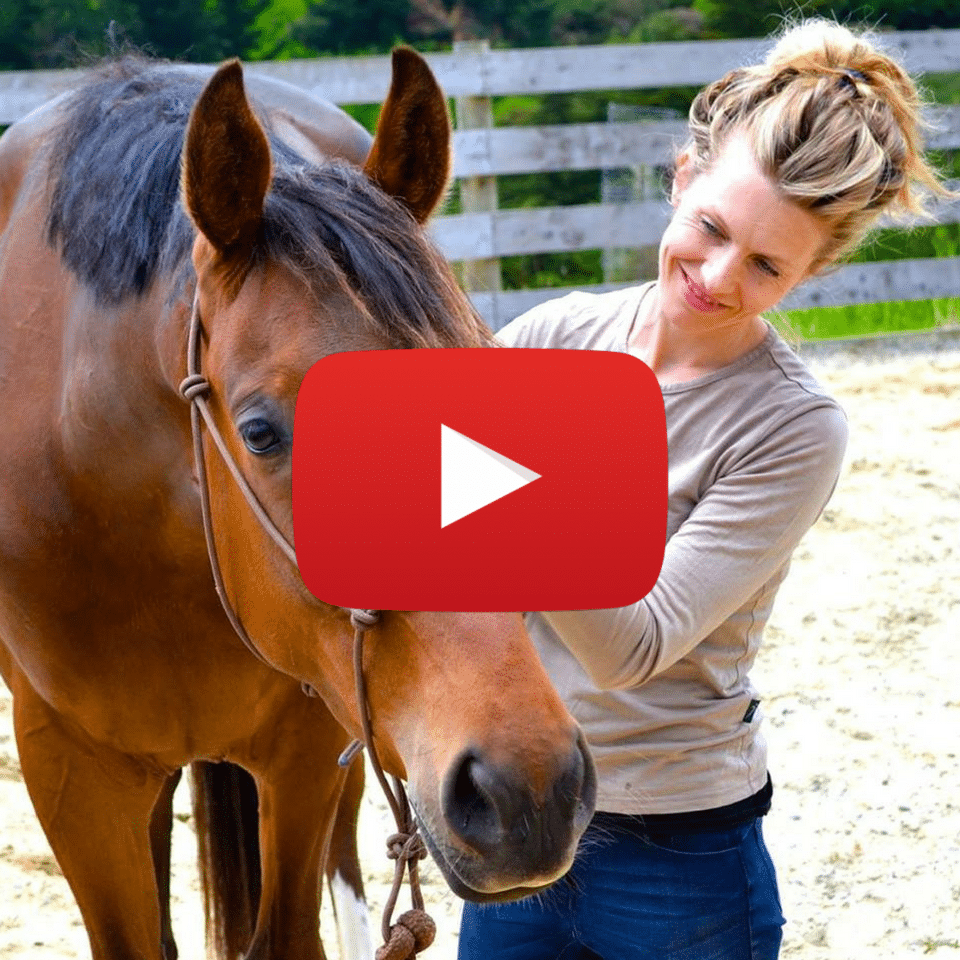The structure of our body, the way that we move, how we relate to our environment and each other all change in relationship to our nervous system.
As we move into the active stages of fight and flight, these changes follow a continuum. First, we become aware, sensitised to our space and the movements within it.
If required, from there, we move into defence. The lumbar and cervical spine shift their position in the tube of our body, ready to provide leverage and power.
Our breastbone shifts forward, increasing the width of our chest cavity from front to back, in order that we appear more imposing.
Our jaw changes position, narrowing, as the trigeminal nerve, the largest sensory nerve in the body gets stretched and drawn in closer to the skull, away from the outer edges.
If fight does not serve us, the pattern turns to flee; a shearing of the spine as we spiral, ready to make our escape.
As we grow, we mimic the motor patterns of our caregivers. Our lives might not provide the need for flight or defence, and yet we express those patterns in our movements.
Many of us travel through our life and riding, moving with sympathetic patterning. As a consequence, we find our fight-flight nervous system constantly triggered, in situations that aren’t warranted or benefitted by such a response.
When looking at our behaviours, we must address the physical patterns we are expressing in movement. In doing so, we ensure that the foundation of our emotional life is resting on something that supports us to thrive, not just survive.
Onwards.
❤️ Jane

